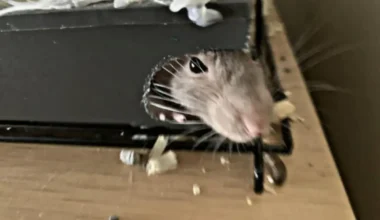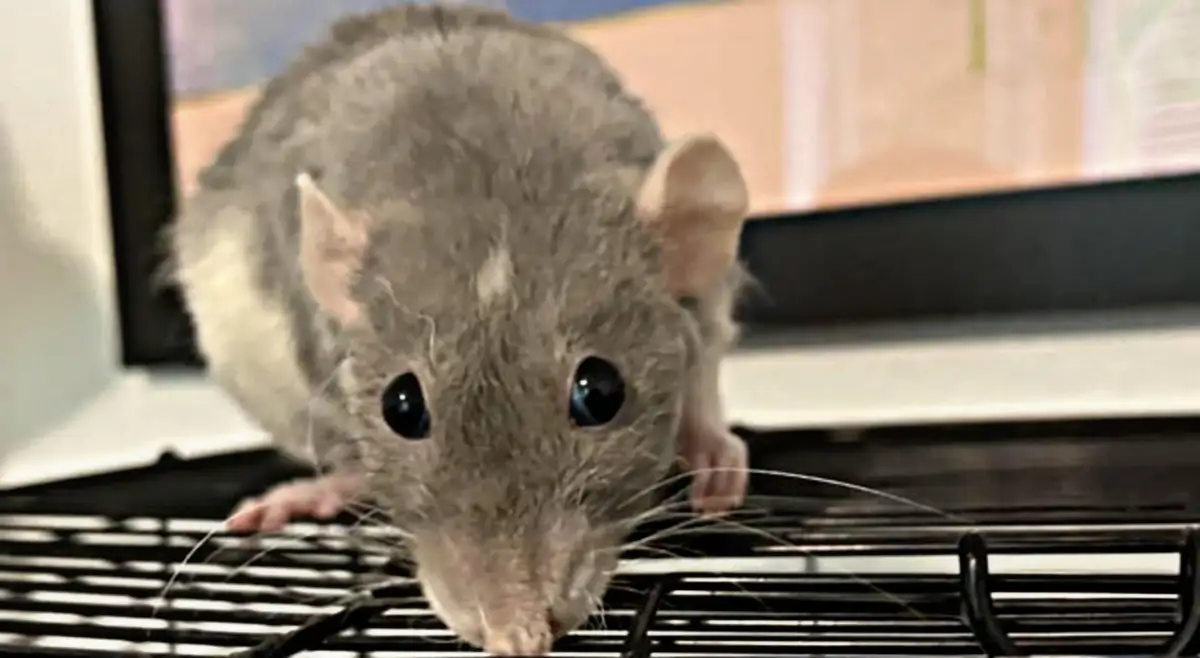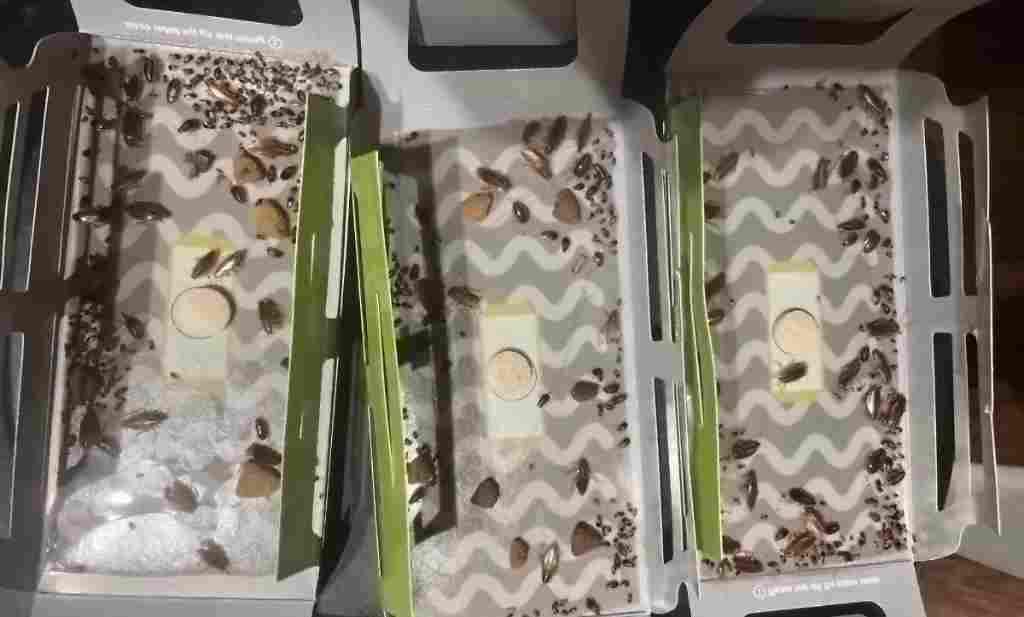Aside from the unpleasantness of having mice in your car, they can chew on wires and leave behind a filthy and disease-ridden environment. Thus, you want to keep mice from under hood of car, but there isn’t a single, proven solution to the problem.
Nevertheless, there are a few approaches worth trying. Although one may not be completely effective, a combination of methods might produce better results.
How to keep mice from under hood of car

If the car is stored in a garage, traps along the walls can be an effective first line of defense. However, m this approach is not feasible. So, we have made a list of things you should do to keep mice from under hood of car:
1. Park in a tidy location
A garage or storage area with a rodent infestation can put your car in danger. To prevent mice from approaching it, you can set mouse traps or utilize the scent of peppermint as a deterrent.
2. Invest in an ultrasonic repellent device
Numerous plug-in and battery-operated sonic rodent repellers are available in the market and are generally easy to use and require minimal attention. Certain models come with strobe lights, providing an additional “bright light” feature. Although they are purportedly inaudible to humans and domestic animals, these repellers do not enjoy widespread popularity. An inexpensive alternative could be to use a radio, possibly connected to a timer (since mice are probably absent from the car during nighttime). However, unlike the repellers, this option won’t be noiseless.
3. Keep the hood open
It may seem contradictory but works, and is likely only feasible if the car is stored in a garage. Leaving the hood open reduces the cover that small rodents seek from larger predators.
Be aware that you should disconnect the under-hood light (if your vehicle is equipped with one) to prevent the battery from draining.
4. Turn on the light
Mice are active at night, sleeping during the day and searching for food after dark. They do not prefer bright light. LED lights are an advantage in keeping mice from under hood of car in this regard, as they consume only a fraction of the power compared to traditional incandescent bulbs and remain cool to the touch.
You could try placing a LED-equipped trouble light on the floor of your garage, under the center of the hood, so that your car’s wheels can straddle it when you drive in.
5. Place scented repellents around
There are numerous scented products that can repel mice and other rodents, including pre-packaged ones and household items such as peppermint oil, Western Red cedar, cloves, Pine-Sol, cayenne pepper, Irish Spring soap, cinnamon, mothballs, and Bounce dryer sheets.
While some of these options can be more appealing in indoor settings, their strong scent may fade over time and require periodic replacement.
6. Start and drive the car often
To discourage rodents from nesting in your vehicle, consider starting and driving the car regularly.
During the winter months and in cold weather conditions, it is crucial to exercise caution as this is when mice are most likely to seek refuge in your car’s engine compartment. Before starting your vehicle, make sure to inspect the area for any signs of rodent activity.
Honk the horn or play loud music before starting the engine to scare any hiding mouse away.
7. Don’t litter food around the car
Avoid storing food and its packaging inside or near your vehicle to keep mice from under hood of car. Mice are skilled at locating food sources, so there’s no need to make it easier for them. It only takes a single ketchup packet to attract mice into the car and the engine compartment under the hood. Be cautious about where you place pet food or birdseed, as mice are known to be attracted to these items.
8. Seal potential entry points
To block entry points, use metal mesh to cover gaps and holes, or stuff them with steel wool or tin foil. As an added deterrent, you can place a rubber snake near the car, but make sure to inform other household members beforehand to avoid any surprise encounters. If deterring rodents from damaging wires from under hood of car is your priority, encase them in metal mesh.
Employ copper wire screens to cover the engine compartment’s openings. Mice have a distaste for copper and will not chew on anything made of it. Mice often enter the engine compartment through the air ventilation system and evaporative drain tubes. It’s also possible for a manufacturing defect to have left an opening by misplacing an important plug. Even smaller mice can sneak into the engine compartment through the hood insulation. One of the most commonly used entry points for mice is above the wheels.
9. Use mice contraceptive
Mouse contraceptives are now available. Although the impact may not be immediate, given the short lifespan of mice (1-2 years), the number of mice may gradually decrease if the contraceptives are effective.
10. Trim any nearby shrubs
If trimming the shrubs is not an option, avoid parking your car near vegetation to keep mice from under hood of car.
Vegetation provides a hiding place for mice, increasing the likelihood of your car being close to a large rodent family.
11. Get insurance for repairs
Acquire insurance that covers repair costs. While taking precautions to prevent mice from entering your car engine compartment is always a good idea, it’s even better to be prepared for the worst-case scenario.
Why do mice get in car hood?
Your car hood is a highly desirable abode for mice. They look for shelter and narrow openings that protect them from larger predators, and your vehicle fits the bill with its interior and various areas under the hood.
Mice also have a fondness for gnawing on wires, possibly to keep their teeth from overgrowing, although some believe it’s because of the soy-based insulation used now. There is an abundance of wires to chew on under your car hood and ample material for building nests.
Dealing with mice can be challenging, as they can squeeze through holes as small as a pencil in their youth and as large as a dime when fully grown. According to the CDC, “mice can fit through a hole the width of a pencil (1/4 inch or 6 millimeters in diameter).” There are numerous such openings in a car’s firewall that connect the engine compartment and interior, including those for wires and cables. The ventilation system also provides a pathway.
Gaps around the doors and holes in the floor due to rust can also serve as potential entry points to the interior. It is effortless for mice, as well as larger animals like squirrels, to access the engine compartment.
Seek professional assistance
If other measures prove to be insufficient, consider hiring a professional mice control service in case of a severe mice infestation. The experts will conduct a thorough inspection, searching for nests and other evidence of mice. They will then implement the most appropriate treatment using high-quality equipment.
Mice are less likely to enter under the hood of a car that is frequently cleaned, maintained, and used. They prefer vehicles that provide easy access and are located near an area they already occupy, such as an old garage or storage space, or nearby vegetation.
If your car is mostly parked, it requires even more frequent inspections. Consider using jack stands made of galvanized steel to raise your car off the ground since mice can’t climb steel as there’s nothing for them to grip.
Final thoughts – keep mice from under hood of car
Perform regular checks for evidence of mice. This includes monitoring for odors and noises, and lifting the hood occasionally to inspect the engine compartment for signs of nesting, such as food stored in the air filter box.






